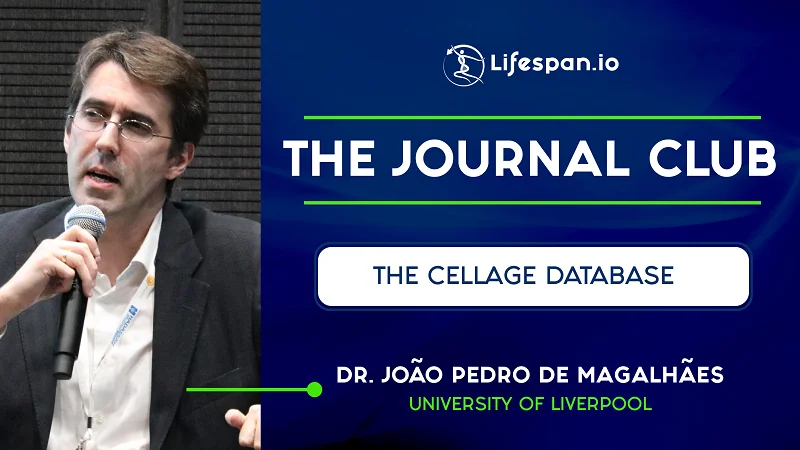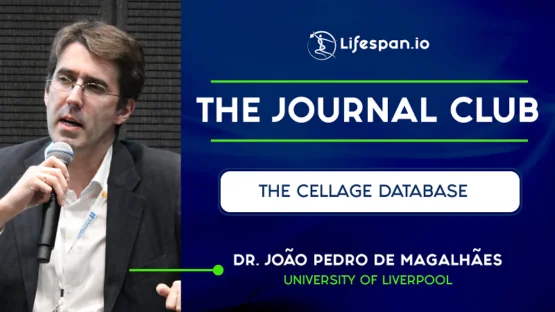On Tuesday, June 30, the Journal Club returns, and our special guest Dr. João Pedro de Magalhães will be giving a talk and taking questions about the CellAge database.
Dr. João Pedro de Magalhães and his team at the University of Liverpool recently published a new study in which they used a systems biology approach to examine and better understand cellular senescence and its various pathways involved, which resulted in the creation of the CellAge database [1].
The CellAge database contains information about 279 genes that are linked to the process of cellular senescence. This resource will provide researchers with a valuable tool for better understanding aging and developing therapies that address cellular senescence.
We develop CellAge, a manually curated database of 279 human genes driving cellular senescence, and perform various integrative analyses. Genes inducing cellular senescence tend to be overexpressed with age in human tissues and are significantly overrepresented in anti-longevity and tumor-suppressor genes, while genes inhibiting cellular senescence overlap with pro-longevity and oncogenes. Furthermore, cellular senescence genes are strongly conserved in mammals but not in invertebrates. We also build cellular senescence protein-protein interaction and co-expression networks. Clusters in the networks are enriched for cell cycle and immunological processes. Network topological parameters also reveal novel potential cellular senescence regulators. Using siRNAs, we observe that all 26 candidates tested induce at least one marker of senescence with 13 genes (C9orf40, CDC25A, CDCA4, CKAP2, GTF3C4, HAUS4, IMMT, MCM7, MTHFD2, MYBL2, NEK2, NIPA2, and TCEB3) decreasing cell number, activating p16/p21, and undergoing morphological changes that resemble cellular senescence.
Join us on Tuesday, June 30 at noon EDT, 5 PM UK time on our Facebook page to catch the livestream, or if you are a Lifespan Hero, you can join us on the show; details on how to do that will be emailed to you.
Literature
[1] Avelar, R. A., Ortega, J. G., Tacutu, R., Tyler, E. J., Bennett, D., Binetti, P., … & Shields, S. (2020). A multidimensional systems biology analysis of cellular senescence in aging and disease. Genome Biology, 21, 1-22.


